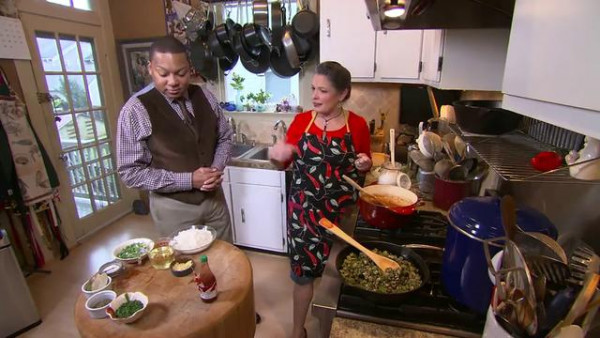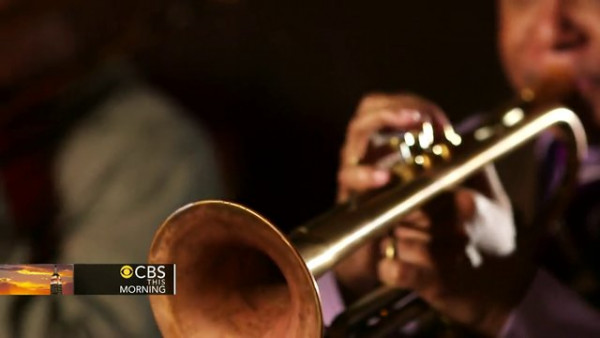Wynton Marsalis: An ode to gumbo on CBS Sunday Morning
(CBS News) On New Orleans’ Super Bowl Sunday, Wynton Marsalis brings us an essay about his home town’s signature dish, as much a cultural symbol of New Orleans as the bayou or jazz:
New Orleans, the Crescent City. It remains a fascinating place because of the diversity of its culture. We have street parades, voodoo, and all kinds of wildness right next to door cathedrals, debutantes and manicured mansions.
We have our own music, architecture, way of speaking and, of course, food. Fried food like po’ boys, sweets like beignets, rice dishes like jambalaya.
But our signature dish is gumbo.
Gumbo is symbolic of the best of New Orleans. It’s as much as cultural symbol of Louisiana as the bayou, or jazz. That is why, like New Orleans herself, gumbo is temperamental — approachable, but unpredictable.
And across America, no dish speaks more vividly of a melting pot than gumbo. Dating back more than 300 years, it’s a complex dish born of necessity, bringing together a multiplicity of ingredients and ethnicities.
Many believe the West African slave population first created this dish out of hardship. The name “gumbo” derives from the word kingombo, which is Bantu for okra, a popular ingredient.
But it was the Chocktaw Indians who developed the spicy file powder, a key additive made from sassafras leaves. And it was the French who lay claim to the thickening agent known as the roux.
Now we didn’t know any of that history when I was growing up, but when we saw those ingredients for gumbo coming through the front door, we knew it was going to be time for a celebration — and it was.
You can find gumbo in every corner of this city, and argue every day as to whose is best. But the answer always is: There is no better pot of gumbo than one made at home.
New Orleans chef Poppy Tooker’s middle name might as well be gumbo. He told Marsalis that the best way to learn how to make gumbo “is from your grandmother, or your great-grandmother.”
“I started making gumbo when I was a little girl, and I was a pro by high school,” she said. “I had it down.”
Her take on the signature dish is revered by those near and far. She says that a few steps are required.
First, the all-important mix of flour and oil that makes up the roux. “I just stir. You can’t answer the phone, you can’t go to the door, you can’t leave it alone,” she said.
Every gumbo has to include the holy trinity of vegetables: Onions, celery, and green peppers. That’s going to be followed by Tooker’s lyrical favorite, okra. After that, it’s really just a matter of taste and opinion.
“The most important ingredient in any gumbo are the gumbo crabs,” she said.
As long as it’s made with Louisiana’s finest, and strained, simmered and stirred constantly with love, the result will always be quite poignant and soulful — like the Crescent City herself.
There is a big difference between gumbo and just any old soup. Gumbo is a full meal. It’s a tradition and a philosophy. The fundamentals don’t change, but the variations are endless. A good pot of gumbo is so much trouble to make, nobody ever makes a small pot — which is fortunate, because with a good pot of gumbo on the stove, your whole neighborhood may end up in your kitchen.
Mmmm . . . have mercy, Poppy!



